Gregory Lehman – Reconciling Biomechanics with Pain Science
$350.00 Original price was: $350.00.$77.00Current price is: $77.00.
“Reconciling Biomechanics with Pain Science” is a course developed by Dr. Greg Lehman designed to integrate modern pain science into the biomechanical model of treatment in health professions. The course aims to simplify the understanding of pain and injury treatment by addressing the common misconceptions in biomechanics and advocating for a biopsychosocial approach.
Gregory Lehman – Reconciling Biomechanics with Pain Science
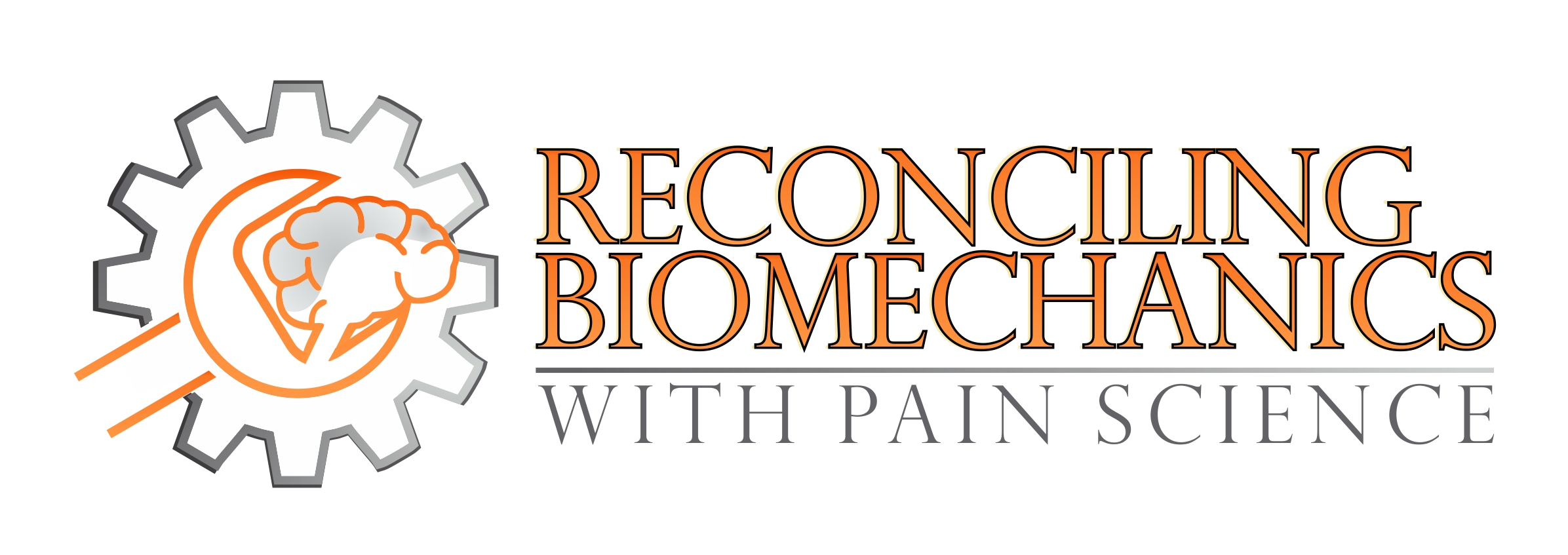
Reconciling Biomechanics with Pain Science: Masterclass by Gregory Lehman
Introduction to the Course
Join Gregory Lehman in his transformative course, “Reconciling Biomechanics with Pain Science,” designed to integrate a traditional biomechanically-based practice within a biopsychosocial framework. This course is ideal for both new graduates seeking direction and seasoned professionals looking to enhance their therapeutic approach with up-to-date, evidence-based methods.
What Is Reconciling Biomechanics with Pain Science?
“Reconciling Biomechanics with Pain Science” is a course developed by Dr. Greg Lehman designed to integrate modern pain science into the biomechanical model of treatment in health professions. The course aims to simplify the understanding of pain and injury treatment by addressing the common misconceptions in biomechanics and advocating for a biopsychosocial approach. This includes rethinking the traditional emphasis on strict biomechanical models that often do not correlate strongly with pain and injury, and instead, employing strategies that consider psychological and social dimensions of pain.
Download Proof | Gregory Lehman – Reconciling Biomechanics with Pain Science (5.47 GB)
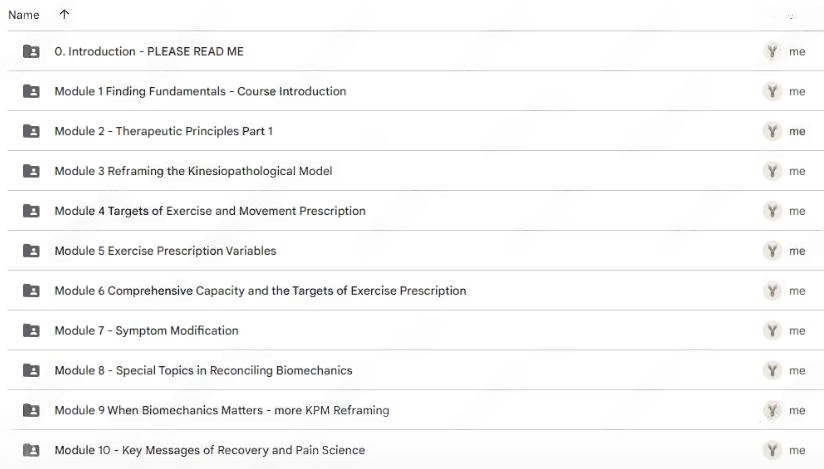
Course Description
This course offers a comprehensive approach to merging biomechanical practices with pain science, making it a valuable resource for healthcare professionals. With more than 80 presentations across five continents, it continuously evolves to include the latest research and methodologies. The course encourages critical thinking and practical skills, challenging existing biases while providing useful, applicable insights.
What can the student expect to come away with from this course?
Simplified assessment techniques for partitioning the role of biomechanics and therapeutic neuroscience in the treatment of pain and injury
Interviewing and help with explaining the multifactorial nature of pain for specific cases
Exercise prescription informed by biomechanics and therapeutic neuroscience
Simplified manual therapy techniques that are consistent with therapeutic neuroscience and the biomechanics of manual therapy
Immediate means of applying therapeutic neuroscience to a traditional biomedically based practice
Confidence in the leaving behind the traditional and outdated biomechanical model of care while learning how to integrate previously learned skills
Access to patient centred handouts/workbooks (electronic) that reinforce the teachings and approach of the therapist to their patient
Who Is The Gregory Lehman – Reconciling Biomechanics with Pain Science For?
- New healthcare graduates looking for guidance in their field.
- Experienced practitioners seeking to deepen their understanding and refine their skills.
- Professionals interested in integrating a biopsychosocial approach into their practice.
What You’ll Learn From Reconciling Biomechanics with Pain Science?
Participants will gain:
- An understanding of the kinesiopathological model and its alternatives.
- Practical skills in simplifying mechanical treatments.
- Enhanced patient communication and clinical reasoning abilities.
- Knowledge on therapeutic neuroscience with an emphasis on practical application.
- Insights into symptom modification and the importance of cognitive restructuring in pain perception.
Reconciling Biomechanics with Pain Science Curriculum:
1. Introduction – PLEASE READ ME
WELCOME -INFORMATION ON USING THE ONLINE COST AS A CREDIT FOR THE
IN-PERSON COURSE
Course Objectives
2. Module 1: Finding Fundamentals – Course Introduction
Course Introduction – Fundamentals Part One
Course Introduction – Fundamentals Part 2 – new version
Course Introduction – Fundamentals Part Three
Course Introduction – Principles and Questions
Introduction Quiz
3. Module #2 – Therapeutic Principles Part 1
Therapeutic Principles – Clinical Decision Making Part 1
Therapeutic Principles – Clinical Decision Making Part Two
Therapeutic Principles Quiz
Therapeutic Principles – Clinical Decision Making and Case Studies
4. Module #3: Reframing the Kinesiopathological Model
Reframing the Kinesiopathological Model – An overview
Reframing the KPM – Reconciling Posture, Performance and Sensitivity
KPM Reframed Quiz
3 Reframing the KPM – overview (lecture 1) and posture (lecture 2) only
3 BONUS Material. – Reframing the Kinesiopathological Model – Overview and Posture & Performance with Bonus Material
5. Module #4: Targets of Exercise and Movement Prescription
Targets of Exercise Prescription Overview
Targets of Exercise Prescription – Knee Osteoarthritis Case Studies
Targets of Exercise Prescription Quiz
Targets of Exercise Prescription – Overview and Clinical Cases
6. Module #5: Exercise Prescription Variables
A note on this module, bonus material and future courses
Exercise Prescription Variables and Dosage – Tendon Focused
Exercise Prescription Variables – Developing strength, power, mobility and then some
Exercise Prescription Dosages Quiz
5 exercise dosage and exercise targets
Resource – Relevant Readings
7. Module #6: Comprehensive Capacity and the Targets of Exercise Prescription
Exercise Prescription – Part 1 – Introduction to Comprehensive Capacity with Tendinopathy Cases
6 exercise prescription part 1 comp capacity tendinopathy intro
Exercise Prescription – Part 2 – Lateral hip pain and hamstring disorders
Exercise Prescription -Part 3 – Preparation Trumps Quality
Exercise Prescription Quiz
6 exercise prescription part 3 preparation trumps quality
Exercise Prescription – Part 4 – Comprehensive Capacity and Shoulder Rehabilitation
6 exercise prescription Part 4 comprehensive capacity shoulder case
exercise prescription – Part 2 – lateral hip pain vs. hamstring injuries
8. Module #7 – Symptom Modification
Symptom Modification – Overview and Clinical Decision Making
7a symptom modification graded exposure
7b Symptom Modification – Graded Activity to Specific Tasks
7c Symptom modification to reframe the KPM – Reconciling the Scapular Dyskinesis
Symptom Modification Quiz
7 symptom modification overview and clinical decision making
7a symptom modification graded exposure details
7c symptom modification and reframing the KPM with shoulder dyskinesis
7b Graded Activity into Specific and Painful Activity
9. Module #8: – Special Topics in Reconciling Biomechanics
Core Stability Reframed – Deep Dive
Why you don’t need to worry about knee valgus when it comes to knee cap pain – A polemic
Core Stability Reframed – Notes
Knee Valgus Reframed – A Polemic
10. Module #9: When Biomechanics Matters – more KPM Reframing
The role of lumbar spine flexion and low back pain – is it an independent risk factor?
When biomechanics matters – using ACL injuries as a model
9c spine flexion brief primer
9 when mechanics matters high loads ACL
9a spine flexion MASSIVE DETAIL – BONUS LECTURE
When Biomechanics Matters Quiz
11. Module #10 – Key Messages of Recovery and Pain Science
Key Messages of Pain and Recovery – Part 1
Key Messages of Pain and Recovery Part 2
Key Messages of Recovery Part 1 2020
Key messages of recovery 2020
Key Messages of Pain and Recovery Quiz
Who Is Gregory Lehman?
Gregory Lehman is a respected physiotherapist, chiropractor, and strength and conditioning specialist with an extensive background in rehabilitation and performance training. He holds a Master’s degree in Spine Biomechanics and has contributed significantly to the field through numerous peer-reviewed publications. Lehman is recognized for his educational efforts, particularly through his popular course “Reconciling Biomechanics with Pain Science,” which he has taught in over 35 countries. This course aims to integrate pain science into biomechanical models to improve treatment effectiveness. In addition to his professional pursuits, Lehman is known for advocating a balanced approach to pain and injury treatment, emphasizing the need to blend physical therapy techniques with an understanding of the patients’ psychological and social contexts.
FREQUENTLY ASKED QUESTIONS (FAQs)
A1: Gregory Lehman is a seasoned physiotherapist, chiropractor, and a recognized strength and conditioning specialist.
A2: Yes, the course covers various patient conditions, focusing on how to apply biomechanical and pain science principles to improve treatment outcomes.
A3: Participants can earn a certificate of completion, enhancing their professional credentials.
A4: The course combines interactive lectures with practical, hands-on training and case study reviews for a comprehensive learning experience.
Conclusion
“Reconciling Biomechanics with Pain Science” by Gregory Lehman is an essential course for healthcare practitioners aiming to enhance their therapeutic practices with a balanced approach that incorporates both biomechanical and psychosocial elements. This course not only broadens professional expertise but also equips participants with the tools necessary to tackle complex patient cases with confidence and scientific backing. Enroll today to step into a world of integrated, effective pain management and care.utine for better health and well-being. Embark on your journey to self-healing today with this expert guide to Qigong.
BINGCOURSE – The Best Online Courses and Learning Website
✅ Our files are hosted on PCloud, Mega.Nz, and Google Drive.
✅ We provide a download link that includes the full courses as described. Do NOT include any access to Groups or Websites!
? More Courses: Health & Fitness
Q & A
Related products
Health & Fitness
Danielle Keyser – Putting the Fun in Functional! – Demonstrations of Evidence Based Therapy
Health & Fitness
Health & Fitness
Health & Fitness
Dr. Sheldon Deal – Kinesiology Institute – Applied Kinesiology for the Endocrine System
Health & Fitness
Health & Fitness
Health & Fitness
Health & Fitness
Spirituality Zone – Cardiovascular System (Advanced Version)
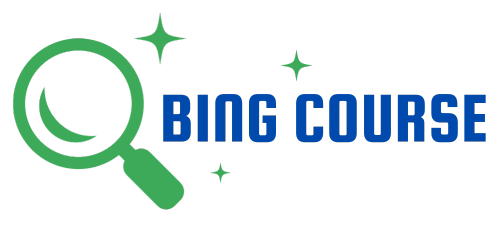
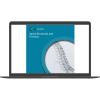
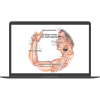

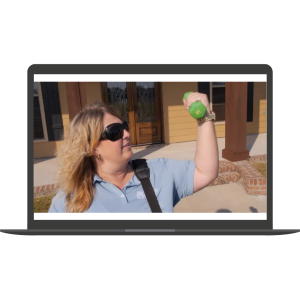
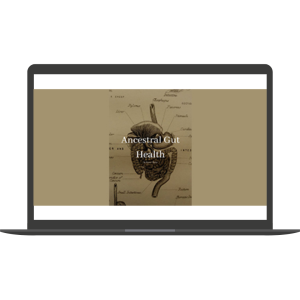


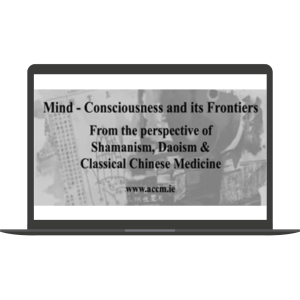


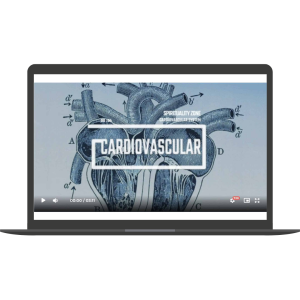
Reviews
There are no reviews yet